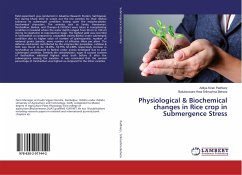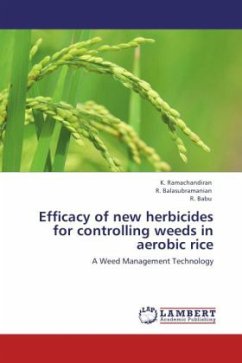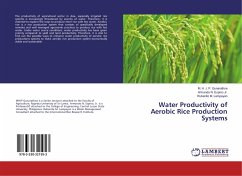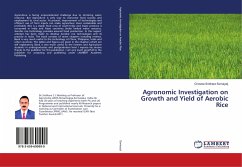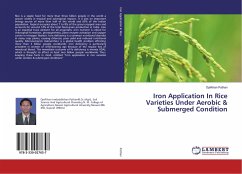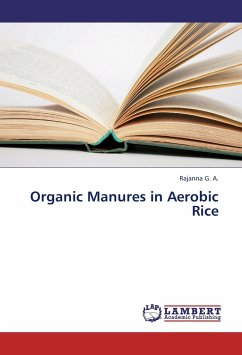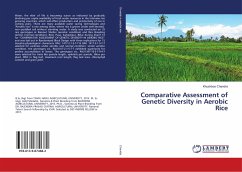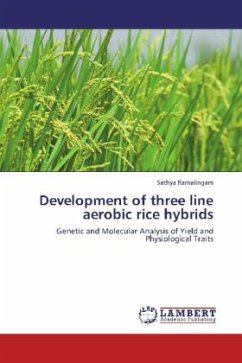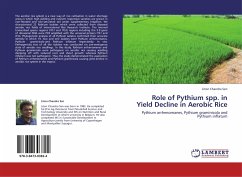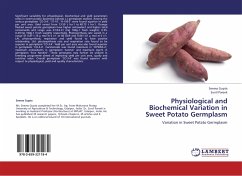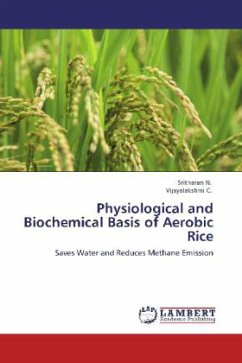
Physiological and Biochemical Basis of Aerobic Rice
Saves Water and Reduces Methane Emission
Versandkostenfrei!
Versandfertig in 6-10 Tagen
52,99 €
inkl. MwSt.

PAYBACK Punkte
26 °P sammeln!
Rice grown under traditional practices in medium to heavy textured soils in the Asian tropics and subtropics requires between 700 and 1,500 mm of water. Water scarcity is now the greatest threat to human health, the environment, and the global food supply. To avoid food shortages for lack of irrigation water, new irrigated rice-based systems and technologies are urgently required to save water and increase water productivity. Aerobic rice cultivation is one of the alternative in which the plants are grown under non-puddled and non-flooded soil condition. Information on physiological potential ...
Rice grown under traditional practices in medium to heavy textured soils in the Asian tropics and subtropics requires between 700 and 1,500 mm of water. Water scarcity is now the greatest threat to human health, the environment, and the global food supply. To avoid food shortages for lack of irrigation water, new irrigated rice-based systems and technologies are urgently required to save water and increase water productivity. Aerobic rice cultivation is one of the alternative in which the plants are grown under non-puddled and non-flooded soil condition. Information on physiological potential of the genotypes must be much significant in the crop improvement programme to evolve varieties suited for aerobic cultivation. Aerobic rice is the only one weapon in the arsenal researchers to deploy against Asia s looming water crisis, but it promises to be a potent one. Plant physiologists and breeders have to respond to the challenge of breeding varieties and knowing the physiological mechanism that perform well under aerobic conditions. The development of aerobic rice varieties is probably the most ambitious challenge of all.



